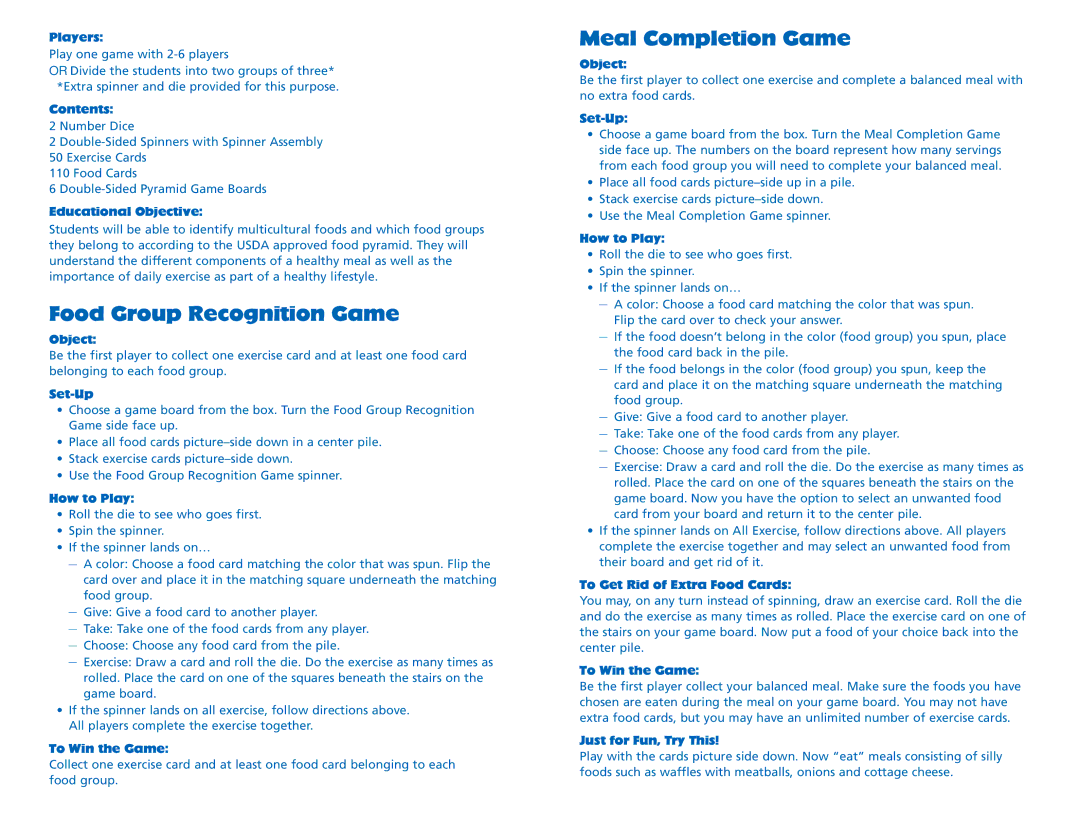Brochure specifications
A Learning Resources Brochure is an essential tool for educational institutions, teachers, and learners, serving as a comprehensive guide to the various learning materials and technologies available. The brochure typically provides an overview of resources pertinent to curriculum enhancement, interactive learning, and access to vital educational tools that cater to diverse learning styles and needs.One of the main features of a Learning Resources Brochure is its emphasis on inclusivity. It often highlights resources for learners with different abilities, ensuring that all students have access to materials that support their educational journey. This includes adaptive technologies, audio-visual aids, and materials designed for different cognitive levels.
Another critical feature is the incorporation of digital resources. With the rise of e-learning, the brochure showcases various online platforms, educational apps, and interactive learning modules. These resources often include video tutorials, quizzes, and forums that allow for real-time feedback and peer interaction, enhancing the learning experience beyond traditional classroom settings.
Technologically, the brochure may detail the integration of Learning Management Systems (LMS) that streamline educational processes. These systems track student progress, manage assignments, and provide a centralized hub for educational resources. Moreover, features such as gamification and virtual simulations are often highlighted, as they engage students and make learning more enjoyable and effective.
The characteristics of a well-designed Learning Resources Brochure include clarity, conciseness, and visual appeal. The use of infographics and images can capture attention and make complex information easier to digest. Clearly defined sections allow for easy navigation, enabling users to find specific resources quickly.
Additionally, the brochure often contains testimonials from educators and learners who have successfully utilized the resources, adding a layer of credibility and personal connection.
In conclusion, a Learning Resources Brochure serves as a vital communication tool that bridges the gap between educational resources and users. By emphasizing inclusivity, showcasing technological advancements, and maintaining clarity, the brochure becomes indispensable in facilitating effective learning experiences for all. Educators and institutions can significantly enhance their teaching methods and outcomes by utilizing such brochures, ensuring that they remain relevant in the ever-evolving educational landscape.
